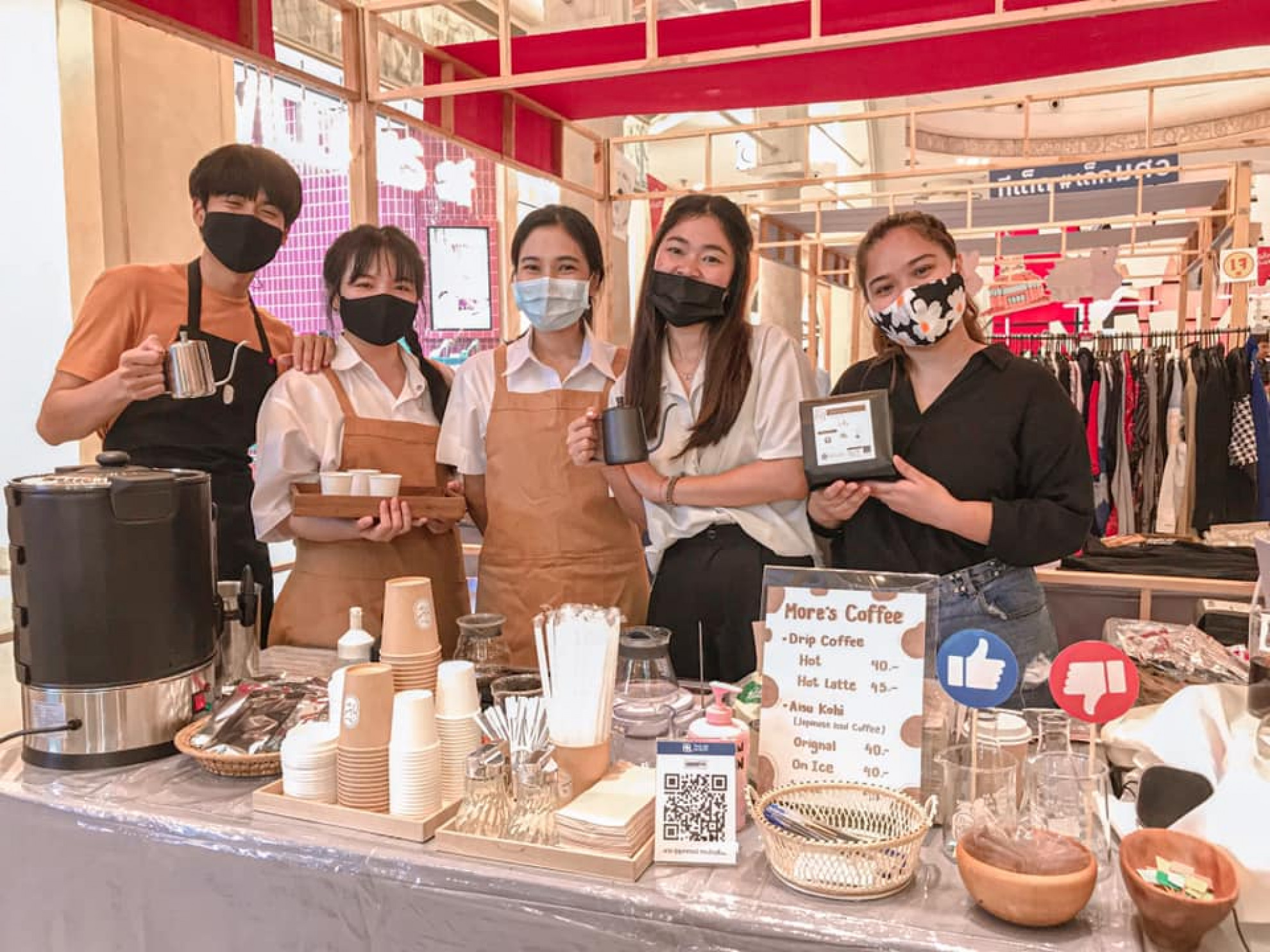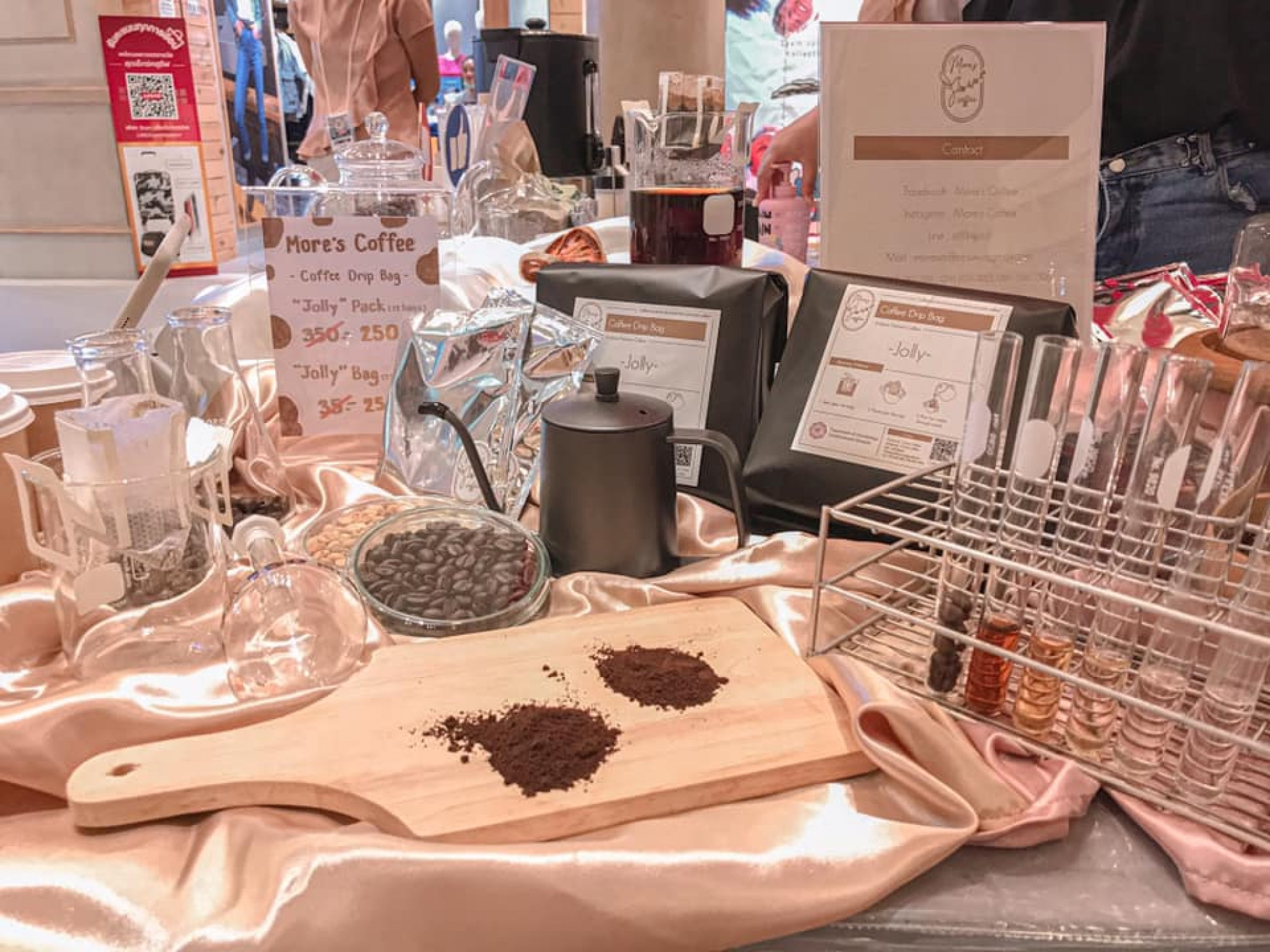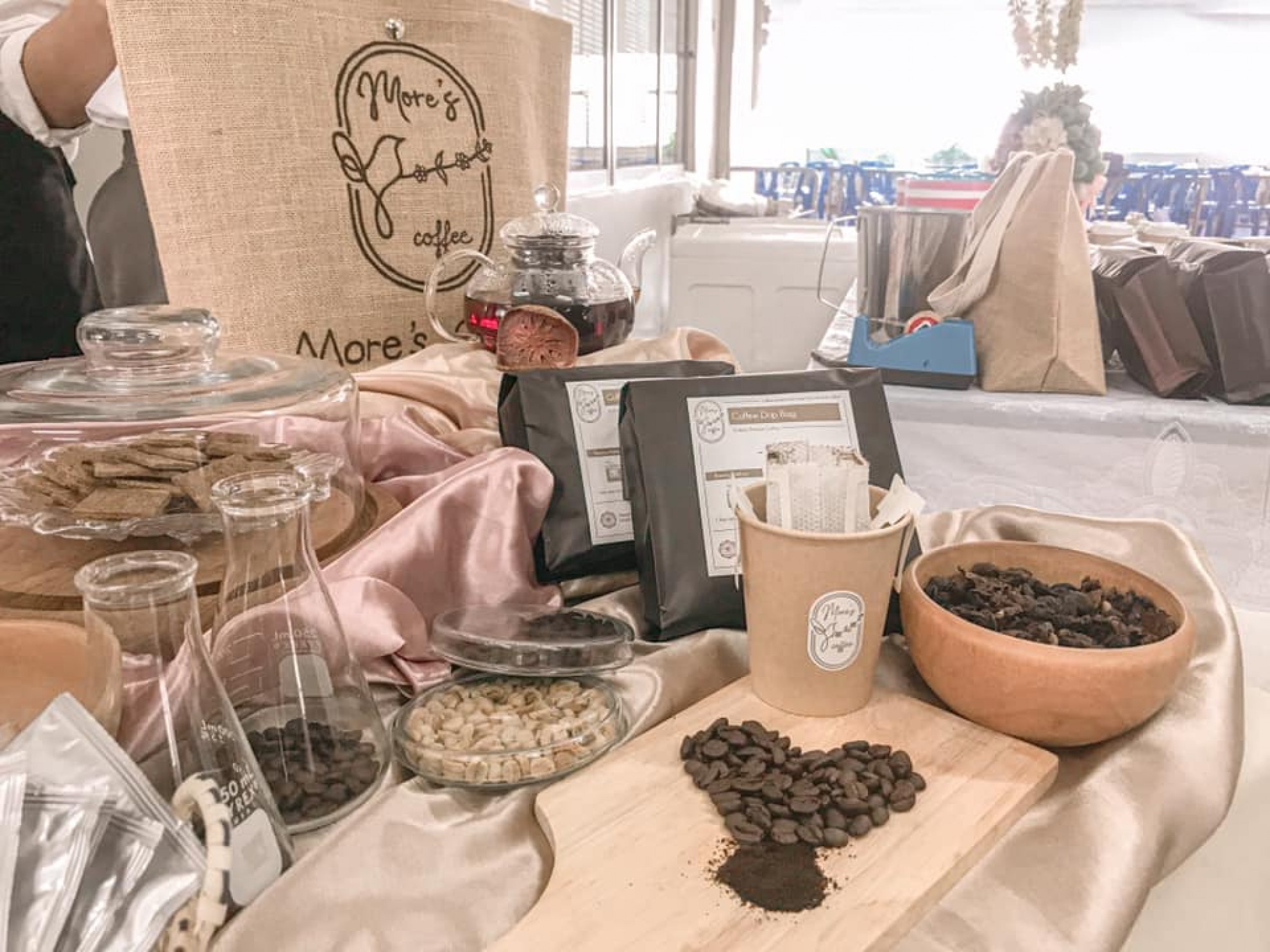





| Target | Indicator | Result |
|---|---|---|

SDG 2
ZERO HUNGER
|
||
| 2.1 By 2030, end hunger and ensure access by all people, in particular the poor and people in vulnerable situations, including infants, to safe, nutritious and sufficient food all year round | 2.1.2 Prevalence of moderate or severe food insecurity in the population, based on the Food Insecurity Experience Scale (FIES) | |
| 2.3 By 2030, double the agricultural productivity and incomes of small-scale food producers, in particular women, indigenous peoples, family farmers, pastoralists and fishers, including through secure and equal access to land, other productive resources and inputs, knowledge, financial services, markets and opportunities for value addition and non-farm employment | 2.3.2 Average income of small-scale food producers, by sex and indigenous status | |
| 2.4 By 2030, ensure sustainable food production systems and implement resilient agricultural practices that increase productivity and production, that help maintain ecosystems, that strengthen capacity for adaptation to climate change, extreme weather, drought, flooding and other disasters and that progressively improve land and soil quality | 2.4.1 Proportion of agricultural area under productive and sustainable agriculture | |
| 2.a Increase investment, including through enhanced international cooperation, in rural infrastructure, agricultural research and extension services, technology development and plant and livestock gene banks in order to enhance agricultural productive capacity in developing countries, in particular least developed countries | 2.a.2 Total official flows (official development assistance plus other official flows) to the agriculture sector | |
| 2.b Correct and prevent trade restrictions and distortions in world agricultural markets, including through the parallel elimination of all forms of agricultural export subsidies and all export measures with equivalent effect, in accordance with the mandate of the Doha Development Round | 2.b.1 Agricultural export subsidies | |
เนื่องจากปัจจุบันกาแฟเป็นที่นิยมบริโภคในทุกเพศทุกวัย ประกอบกับภาควิชาจุลชีววิทยามีงานวิจัยเพื่อพัฒนากลิ่นรสของกาแฟอะราบิก้าที่เพาะปลูกในประเทศไทยภายใต้หน่วยวิจัยนวัตกรรมกาแฟ ซึ่งมีแนวความคิดในการให้ความรู้กับผู้สนใจในศาสตร์เกี่ยวกับการผลิตกาแฟตั้งแต่ต้นน้ำถึงปลายน้ำ และมีผลิตภัณฑ์ที่เกิดจากงานวิจัยภายใต้แบรนด์ More’s coffee ซึ่งจัดจำหน่ายมาระยะหนึ่งแล้ว ดังนั้นเพื่อเป็นการสร้างองค์ความรู้เกี่ยวกับกาแฟที่แท้จริงให้กับผู้สนใจ ทางภาควิชาและหน่วยวิจัยฯจึงจัดให้มีโครงการ More’s coffee more education ขึ้นโดยครั้งนี้เป็น Episode ที่ 1 เรื่อง How to drip coffee ซึ่งผู้เข้าร่วมโครงการจะได้รับประสบการณ์การดริปกาแฟที่บ้านง่าย ๆ ที่สามารถทำตามได้และสามารถดื่มด่ำกับรสชาติของกาแฟที่แท้จริง โดยมีวัตถุประสงค์ เพื่อให้ผู้เข้าร่วมโครงการมีความรู้ความเข้าใจเกี่ยวกับเทคนิคการสกัดรสชาติกาแฟจากถุงดริป (drip bag) และเผยแพร่กาแฟจากงานวิจัยของภาควิชาจุลชีววิทยาภายใต้แบรนด์ More’s coffee
ผู้เข้าร่วมโครงการมีความรู้ความเข้าใจเกี่ยวกับเทคนิคการดริปกาแฟจากถุงดริป (drip bag) ให้ได้รสชาติตามต้องการ และเป็นการเผยแพร่กาแฟจากงานวิจัยของภาควิชาจุลชีววิทยาให้กว้างขวางมากยิ่งขึ้นภายใต้แบรนด์ More’s coffee



